Find out how a diabetes reversal diet can help you manage blood sugar, lose weight, and improve energy — plus safe ways to start it at home today.
Let’s be real — living with diabetes can feel like a never-ending balancing act. But what if you could press reset?
Research from the American Diabetes Association suggests that losing just 10–15% of body weight through the right diet can lead to diabetes remission.
The diabetes reversal diet isn’t about starving yourself — it’s about eating smarter, not less. And yes, you can still enjoy your favorite meals while taking control of your blood sugar.
What Is a Diabetes Reversal Diet?

A diabetes reversal diet helps your body lower blood sugar naturally by improving insulin sensitivity and reducing excess weight. It focuses on healthy eating, plant-based foods, whole grains, and healthy fats like extra virgin olive oil.
It’s not about strict dieting—it’s about smart, balanced, and sustainable eating that helps you feel energetic and in control every day. A balanced diabetes friendly diet with plenty of vegetable intake helps maintain steady blood sugar levels and supports long-term diabetes management.
“Start Your Personalized Nutrition Plan with My Balance Bite Today!”
Difference between a diabetes diet and a diabetes reversal diet
| Factor | Diabetes Diet | Diabetes Reversal Diet |
|---|---|---|
| Goal | Manage blood sugar and prevent complications. | Reduce insulin resistance and reverse Type 2 diabetes. |
| Focus | Balanced meals and portion control. | Metabolic repair through calorie and carb restriction. |
| Calories | Moderate, for weight maintenance. | Low-calorie or fasting-based for fat loss. |
| Carbs | Controlled and evenly distributed. | Very low-carb or ketogenic approach. |
| Fats | Balanced with healthy fats. | Higher in healthy fats to replace carbs. |
| Protein | Moderate for satiety and muscle health. | Higher to preserve lean mass. |
| Meals | 3 meals + snacks to stabilize sugar. | Fewer meals or intermittent fasting. |
| Lifestyle | Exercise and glucose monitoring. | Intensive lifestyle reset — diet, exercise, and sleep. |
| Outcome | Stable blood sugar, prevents worsening. | Possible remission and reduced medication dependence. |
How the Diabetes Reversal Diet Works Inside Your Body
-
Improves Insulin Sensitivity: A well-balanced diabetes reversal diet helps your cells respond better to insulin, allowing blood sugar to enter cells more efficiently instead of staying in the bloodstream.
-
Lowers Blood Sugar Levels Naturally: By cutting added sugars, processed foods, and refined carbohydrates, the diet stabilizes blood glucose and helps regulate blood sugar levels throughout the day.
-
Promotes Weight Loss and Fat Reduction: Following a low-calorie diet with more plant-based foods and healthy fats reduces excess weight, especially around the abdomen, which is key to reversing diabetes.
-
Balances Hormones and Energy Use: Eating whole grains, fiber-rich foods, and healthy meals with monounsaturated and polyunsaturated fats improves metabolism and keeps energy levels steady.
-
Supports Heart and Overall Health: The diet lowers blood pressure, reduces saturated fats, and protects against heart disease by emphasizing plant-based diets and heart-healthy foods.
-
Restores Natural Blood Sugar Control: Over time, the diabetes reversal diet helps reduce insulin resistance, enhances insulin sensitivity, and may allow the body to maintain normal glucose balance without heavy reliance on diabetes medications.
Key Principles of a Healthy Eating Plan for Diabetes Reversal
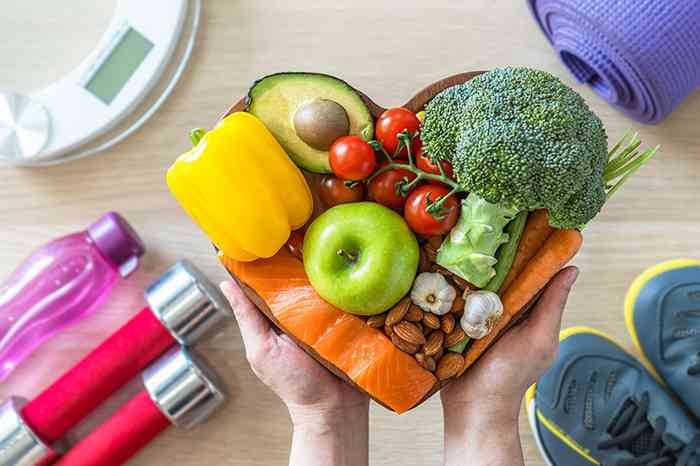
1. Focus on Whole, Unprocessed Foods
Start by choosing whole grains, plant-based foods, and healthy meals made from natural ingredients. Avoid processed foods like packaged snacks, fast food, or ready-made meals—they’re often loaded with added sugars, saturated fats, and salt.
What to eat:
-
Fresh fruits and vegetables
-
Whole grains like brown rice or whole wheat bread
-
Plant-based diet options such as beans, lentils, and tofu
How it helps: Whole, unprocessed foods improve blood glucose control and help regulate blood sugar levels throughout the day. They also reduce the chances of developing diabetes or heart disease in the long run.
2. Include Healthy Fats in Moderation
Your body needs fats—but the right kind. Go for healthy fats like extra virgin olive oil, polyunsaturated fats, and monounsaturated and polyunsaturated fats found in nuts, seeds, and avocados. Limit saturated fats from fried or processed meats.
What to eat:
-
Olive oil and nuts
-
Avocados and seeds
-
Fatty fish like salmon (for heart healthy diet)
How it helps: Healthy fats reduce insulin resistance, support blood pressure balance, and protect against heart disease. Research suggests that swapping bad fats for good ones lowers high blood sugar levels and improves overall health.
3. Choose Lean Protein Sources
Protein helps you feel full and supports muscle strength, especially if you’re trying to lose weight. But not all protein is created equal.
Choose lean meat, plant protein, and animal protein in moderate amounts. Avoid processed meats like sausages or bacon—they can increase blood sugar and cholesterol.
What to eat:
-
Skinless chicken or turkey
-
Fish and eggs
-
Plant based foods like beans, lentils, and tofu
How it helps: Balanced protein intake helps with weight loss, improves insulin sensitivity, and promotes healthy lifestyle habits. It’s also great for maintaining muscle mass as you lose excess weight.
4. Add More Fiber-Rich Foods

Fiber is your secret weapon in the diabetes reversal diet. It slows down sugar absorption, keeps you full longer, and supports good digestion. Studies show that eating fiber rich foods can lower blood sugar and help control type 2 diabetes.
What to eat:
-
Vegetables and fruits with skin
-
Whole grains and oats
-
Flax seeds, chia seeds, and legumes
How it helps: Fiber improves blood sugar control, reduces insulin resistance, and helps with disease control. It’s one of the simplest and most effective ways to support diabetes management naturally.
5. Balance Carbohydrate Intake
Carbohydrates are not the enemy. Your body needs them for energy—but the type and amount matter. Choose complex carbohydrates like whole grains, brown rice, and fiber rich foods instead of refined or processed foods.
What to do:
-
Include small portions of whole wheat bread, oats, and quinoa.
-
Avoid sugar sweetened beverages and added sugars in packaged snacks.
-
Watch your glycemic index—choose foods that keep blood glucose stable.
How it helps: Balancing your carbohydrate intake prevents high blood sugar levels and reduces insulin resistance. According to the American Diabetes Association, replacing refined carbs with whole ones can improve blood sugar control and support weight loss in people with type 2 diabetes.
6. Stay Hydrated and Read Food Labels
Water plays a big role in a healthy diet. Staying hydrated helps your body flush out toxins, regulate blood pressure, and maintain heart health. Skip sugary beverages and processed snacks—they raise blood sugar fast and add empty calories.
What to do:
-
Drink plenty of water or unsweetened iced tea throughout the day.
-
Avoid sugar sweetened beverages and sodas.
-
Always check food labels for added sugars, saturated fats, and processed oils.
How it helps: When you stay hydrated and make smarter food choices, you control your calorie intake and improve overall health. It also supports a heart healthy diet, which lowers the risk of heart disease and supports long-term diabetes management.
7. Adopt a Healthy Lifestyle Beyond Healthy Diet
A diabetes reversal diet is just one part of the journey. To truly reverse diabetes, you need a healthy lifestyle that includes movement, rest, and stress control.
What to do:
-
Engage in regular physical activity like walking, cycling, or yoga.
-
Practice deep breathing exercises or meditation to manage stress.
-
Get 7–8 hours of good sleep and maintain a healthy body weight.
How it helps: Combining diet with a balanced lifestyle improves insulin sensitivity, supports disease control, and boosts energy levels. Research suggests that people who combine healthy eating with physical activity and proper sleep have better blood sugar control and long-term health benefits.
Foods to Avoid to Control Blood Sugar Levels

-
Refined Carbohydrates: Avoid white bread, pastries, and sugary cereals that spike blood sugar levels and slow diabetes reversal progress.
-
Added Sugars and Sweetened Beverages: Cut out sugar-sweetened beverages, desserts, and sugary beverages — they raise blood glucose rapidly and cause insulin resistance.
-
Processed Foods and Snacks: Minimize processed foods, processed meats, and packaged snacks high in salt, preservatives, and unhealthy oils.
-
Saturated and Trans Fats: Limit fried foods, red meat, and fast foods rich in saturated fats and trans fats, which increase inflammation and heart disease risk.
-
High-Fat Dairy Products: Avoid butter, cream, and full-fat cheese that disrupt insulin sensitivity and raise cholesterol levels.
-
Hidden Sugars in Packaged Goods: Always read food labels to identify hidden added sugars in sauces, flavored yogurts, and energy bars.
-
Artificially Sweetened Drinks: Skip diet sodas and chemical sweeteners; they may confuse your metabolism and worsen blood sugar control.
-
Excess Animal Protein: High intake of animal protein, especially processed meats, can increase insulin resistance and hinder diabetes management.
Step-by-Step Guide: How to Start a Diabetes Reversal Diet Safely at Home
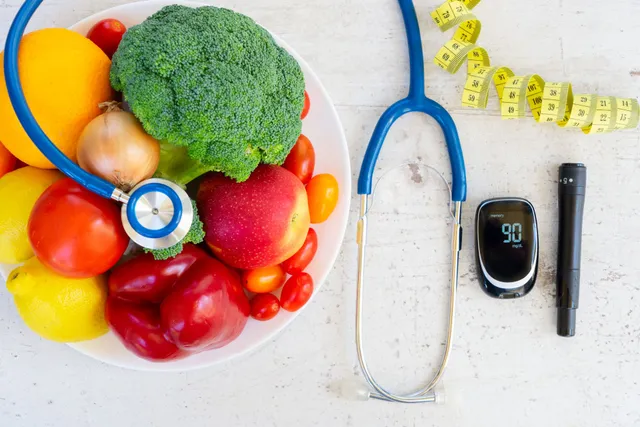
1. Consult a Healthcare Professional First
Before making any major changes, talk to your doctor or a registered dietitian. They’ll help check your blood glucose, review your diabetes medications, and guide you on what foods fit your current health needs.
-
Every person’s body weight, blood pressure, and blood sugar levels are different.
-
A healthcare expert ensures your plan supports overall health and prevents sudden sugar drops.
2. Understand Your Blood Sugar Goals
Knowing your target blood sugar and A1C range helps track progress better. The American Diabetes Association recommends keeping fasting blood sugar between 80–130 mg/dL.
-
Check blood sugar levels daily or as advised.
-
Record readings in a notebook or app.
-
Watch for patterns like high blood sugar levels after meals.
3. Build a Healthy Eating Plan
A healthy diet is the foundation of the diabetes reversal diet. Focus on real, unprocessed foods, healthy fats, and whole grains. Avoid processed foods and added sugars.
Include:
-
Plant based foods like beans, lentils, and leafy vegetables.
-
Healthy fats such as extra virgin olive oil, nuts, and seeds.
-
Fiber rich foods for better blood sugar control and weight loss.
Tip: Reading food labels helps spot hidden added sugars or unhealthy oils that can raise insulin resistance.
4. Stay Hydrated and Read Food Labels
Water is your best friend in this journey. Staying hydrated helps control blood pressure, support heart health, and regulate blood sugar naturally.
-
Drink at least 8 glasses of water or unsweetened iced tea.
-
Limit sugar sweetened beverages like soda or fruit juice.
-
Always check food labels for saturated fats and added sugars before buying.
5. Track Your Progress Weekly
Tracking keeps you motivated and helps you see real results.
-
Body weight and blood glucose readings.
-
Your daily calorie intake and meals.
-
Energy levels, sleep, and mood changes.
Health Benefits of a Diabetes Reversal Diet
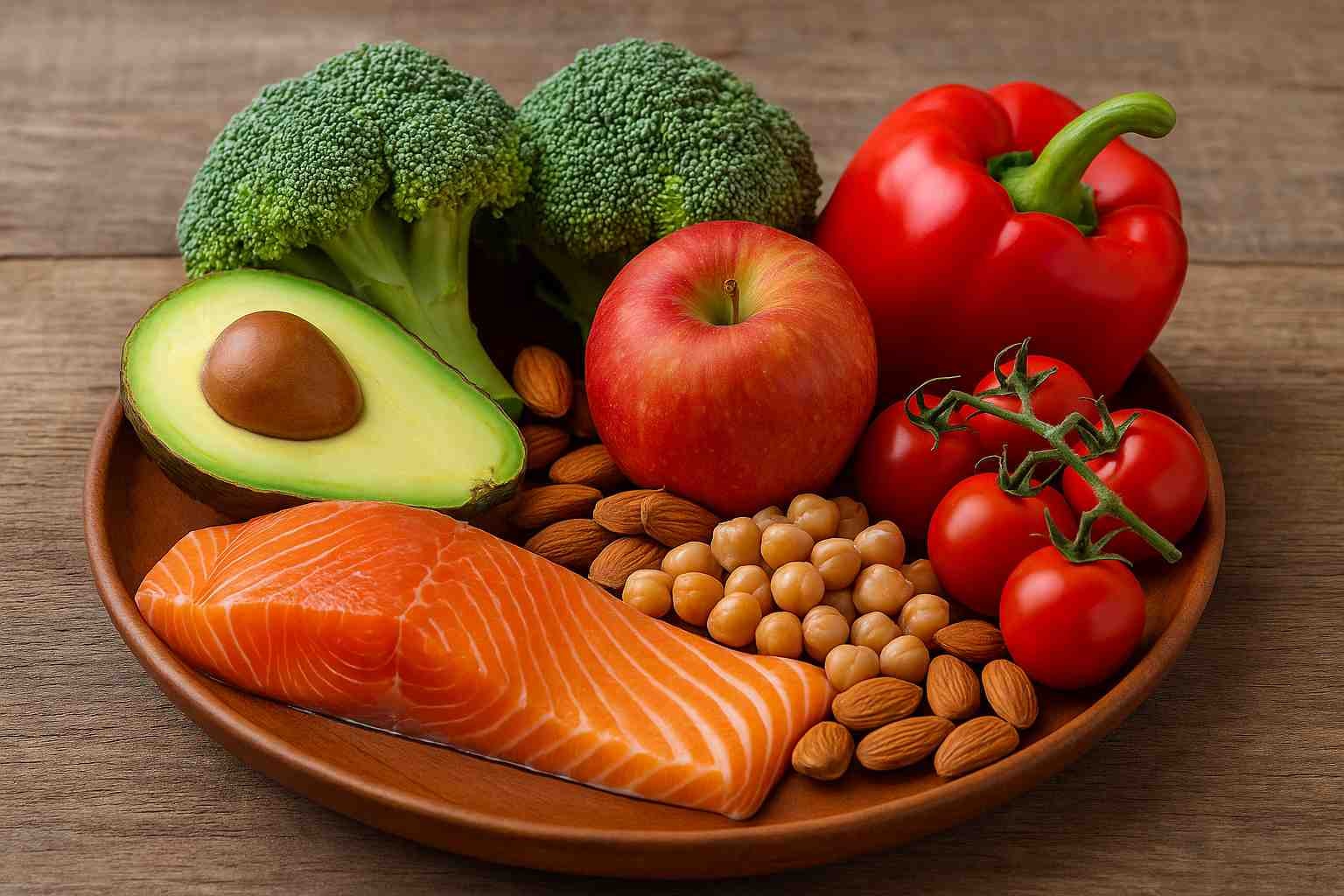
1. Improves Insulin Sensitivity
-
The biggest benefit of a diabetes reversal diet is better insulin sensitivity. When you eat whole grains, plant based foods, and healthy fats, your body starts using insulin more effectively.
-
This helps glucose enter your cells instead of staying in your bloodstream, which lowers high blood sugar levels naturally. Over time, reducing processed foods, saturated fats, and added sugars also decreases insulin resistance.
-
Including fiber rich foods like beans, oats, and green vegetables keeps your blood sugar steady throughout the day. These small changes make a big difference in long-term diabetes management and overall health.
2. Supports Excess Weight Loss and Fat Reduction
-
One of the key goals of a diabetes reversal diet is to help you lose weight and reduce excess fat, especially around the belly.
-
Research shows that losing even 10–15% of your body weight can significantly improve blood glucose control and lower the risk of heart disease. This diet encourages eating low calorie and plant based foods, while cutting down on saturated fats and processed meats.
-
Focus on whole grains, vegetables, and fiber rich foods that help you feel full longer and reduce calorie intake naturally. Over time, maintaining a healthy weight improves insulin sensitivity, lowers blood pressure, and supports long-term disease control.
3. Encourages Low Glycemic Index Eating
-
Eating low glycemic index (GI) foods is a major part of the diabetes reversal diet. Foods with a low GI digest slowly, helping to keep blood sugar levels stable throughout the day.
-
Instead of refined carbs like white bread or sugary snacks, choose complex carbohydrates such as brown rice, whole wheat bread, oats, and legumes. These foods release energy gradually, preventing sudden sugar spikes.
-
Avoiding sugar sweetened beverages and processed snacks also helps manage type 2 diabetes more effectively. Low-GI eating supports healthy lifestyle habits by promoting steady energy, improved insulin sensitivity, and better control of your blood glucose over time.
4. Protects Heart and Blood Pressure Health
-
A diabetes reversal diet also works as a heart healthy diet. It protects your heart by reducing saturated fats and replacing them with healthy fats such as polyunsaturated fats, monounsaturated and polyunsaturated fats, and extra virgin olive oil. These fats lower bad cholesterol and support better circulation.
-
Eating plant based foods, nuts, and seeds while limiting red meat and fried foods helps maintain healthy blood pressure levels. This balance reduces your risk of heart disease and strengthens overall health.
-
Staying active and following a balanced diet gives your heart the nutrients it needs to function efficiently, improving both energy and long-term disease control.
5. Boosts Energy and Mental Well-being
-
When your blood sugar is stable, your body functions better—and you feel better too. The diabetes reversal diet boosts energy, sharpens focus, and supports mental clarity.
-
By combining whole grains, healthy fats, and fiber rich foods, your body gets steady energy instead of quick spikes and crashes. Staying hydrated with water or unsweetened iced tea also helps you feel refreshed throughout the day.
-
In addition, managing stress through deep breathing exercises or light physical activity enhances your mood and reduces fatigue. These small but powerful lifestyle choices help you stay positive, energetic, and motivated to continue your healthy eating plan every day.
Supporting Lifestyle Habits That Enhance Diabetes Reversal
-
Stay Active with Regular Physical Activity: Engage in daily physical activity such as brisk walking, cycling, or yoga to help your body use insulin effectively and lower blood sugar naturally.
-
Monitor Blood Pressure and Heart Health: The diabetes reversal diet works best when paired with habits that maintain healthy blood pressure and reduce heart disease risk.
-
Practice Stress Management and Deep Breathing Exercises: Chronic stress increases blood glucose levels. Relaxation techniques like deep breathing exercises and meditation improve insulin sensitivity and overall health.
-
Combine Diet with Consistent Healthy Eating: Follow a balanced healthy eating plan rich in fiber-rich foods, whole grains, and plant-based foods to support sustainable disease control.
-
Get Enough Quality Sleep: Poor sleep can disrupt blood sugar levels and cause cravings for processed foods. Aim for 7–8 hours of rest to promote better diabetes management.
-
Avoid Smoking and Limit Alcohol: Smoking and excessive drinking can increase insulin resistance and blood pressure, making it harder to reverse diabetes effectively.
When to consult a dietitian for personalized diabetes management
Starting a diabetes reversal diet on your own can be helpful, but sometimes you need expert advice. A dietitian can design a personalized healthy diet based on your age, weight, and blood sugar levels.
If you’re struggling to reverse diabetes, losing weight too quickly, or have metabolic syndrome, it’s time to get professional support.
A dietitian helps you create a safe low calorie diet or plant based diet plan that fits your body and lifestyle. They can also guide you on intermittent fasting, low fat meals, or adding cruciferous vegetables and other foods high in nutrients. This kind of personalized diabetes care improves type 2 diabetes outcomes and reduces the risk of developing diabetes compared to managing it alone.
If your progress slows, or you feel unsure about what’s right for your body, seek a lifestyle intervention plan from a certified expert. Small steps guided by the right advice can make your journey easier and healthier.
Common Myths About the Diabetes Reversal Diet
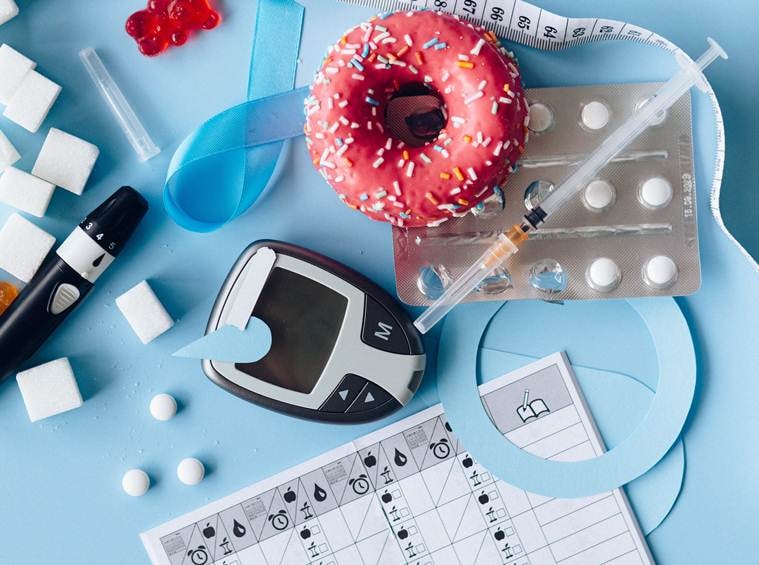
Myth 1: Diabetes Can Be Reversed Overnight
Reality: The diabetes reversal diet works gradually. It takes consistent healthy eating, physical activity, and time to improve blood sugar and insulin sensitivity.
Myth 2: You Must Eliminate All Carbs
Reality: Not all carbs are bad. Choosing whole grains, brown rice, and fiber-rich foods with a low glycemic index helps stabilize blood glucose.
Myth 3: Fat-Free Diets Are Best for Diabetes
Reality: Avoiding all fats is unhealthy. The body needs healthy fats like monounsaturated and polyunsaturated fats from plant oils and extra virgin olive oil for heart and overall health.
Myth 4: Only Medication Can Reverse Diabetes
Reality: While medication supports diabetes management, combining a low-calorie diet, physical activity, and a healthy lifestyle can help reverse diabetes under medical supervision.
Myth 5: You Can’t Eat Out or Enjoy Food
Reality: The diabetes reversal diet encourages mindful eating — choosing plant-based foods, avoiding processed foods, and managing calorie intake while still enjoying balanced meals.
Myth 6: Once Reversed, Diabetes Never Returns
Reality: Without long-term healthy eating and lifestyle habits, high blood sugar levels can return. Consistency is key for lasting disease control and weight management.
Final Note
Starting a diabetes reversal diet isn’t just about food — it’s about taking charge of your health. A good diabetes diet helps balance blood sugar and supports type 2 diabetes management.
But remember, no two people are the same. That’s why focusing on a plant based diet with plant foods, healthy fats, and a high protein diet can make a big difference.
If you’re part of a lifestyle group or working with a dietitian, stay consistent and ask for guidance when needed. Avoid excess sugar if you have a sweet tooth and go for low fat meals that help you treat diabetes naturally. Regular diabetes care and smart food choices will help you live a healthier, happier life.
“Ready to Take Control? Get Expert-Guided Diabetes Meal Plans at My Balance Bite.”






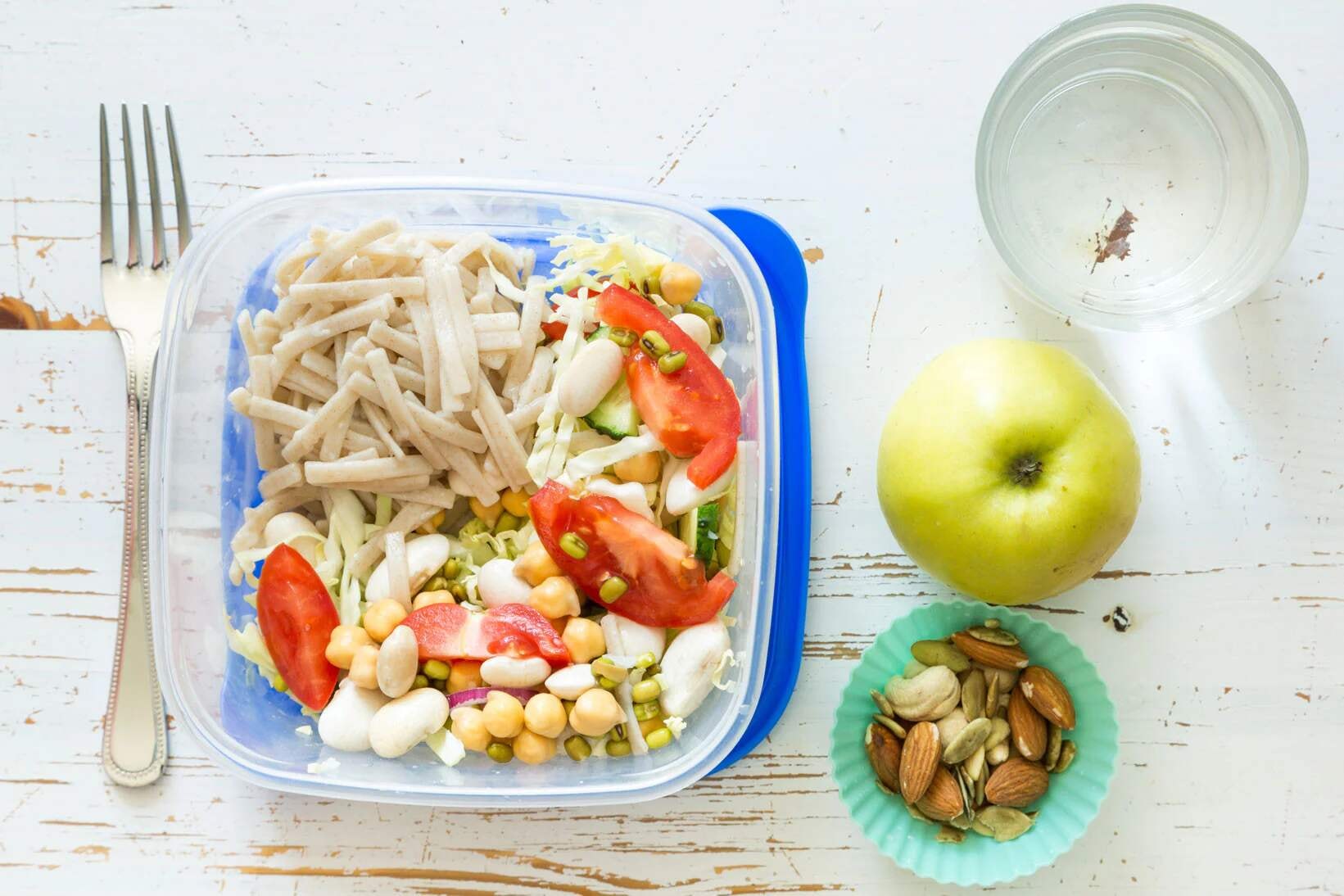
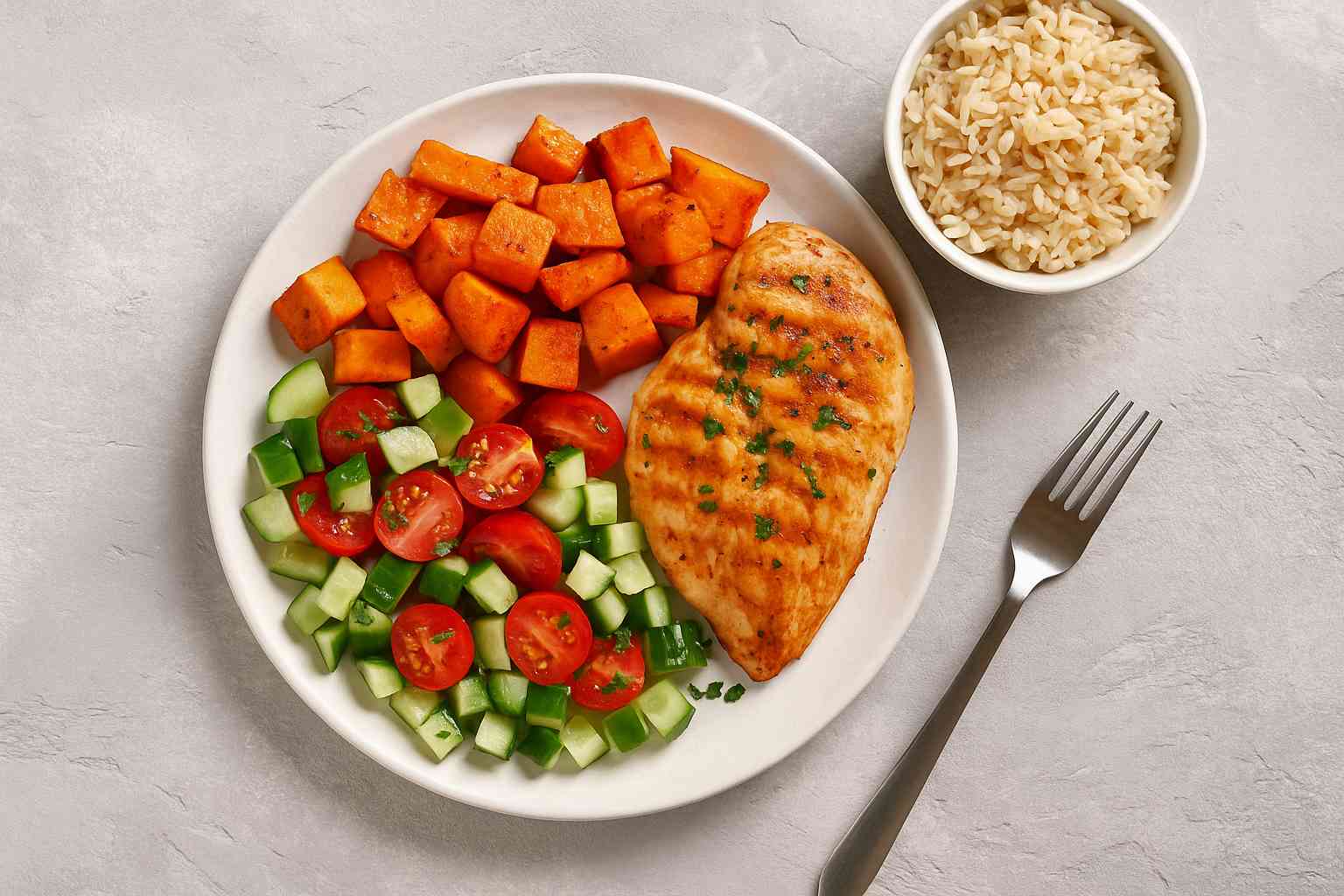
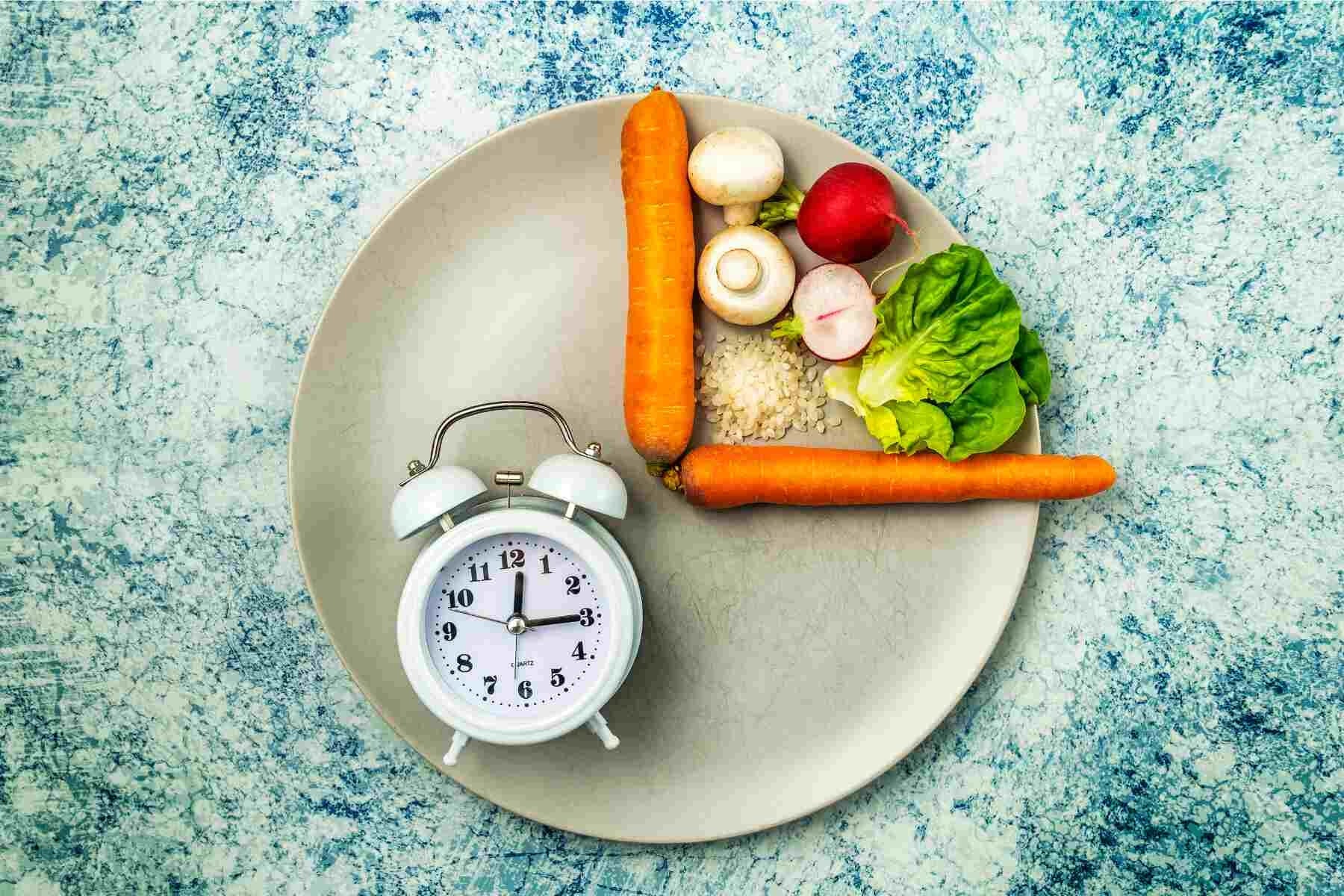

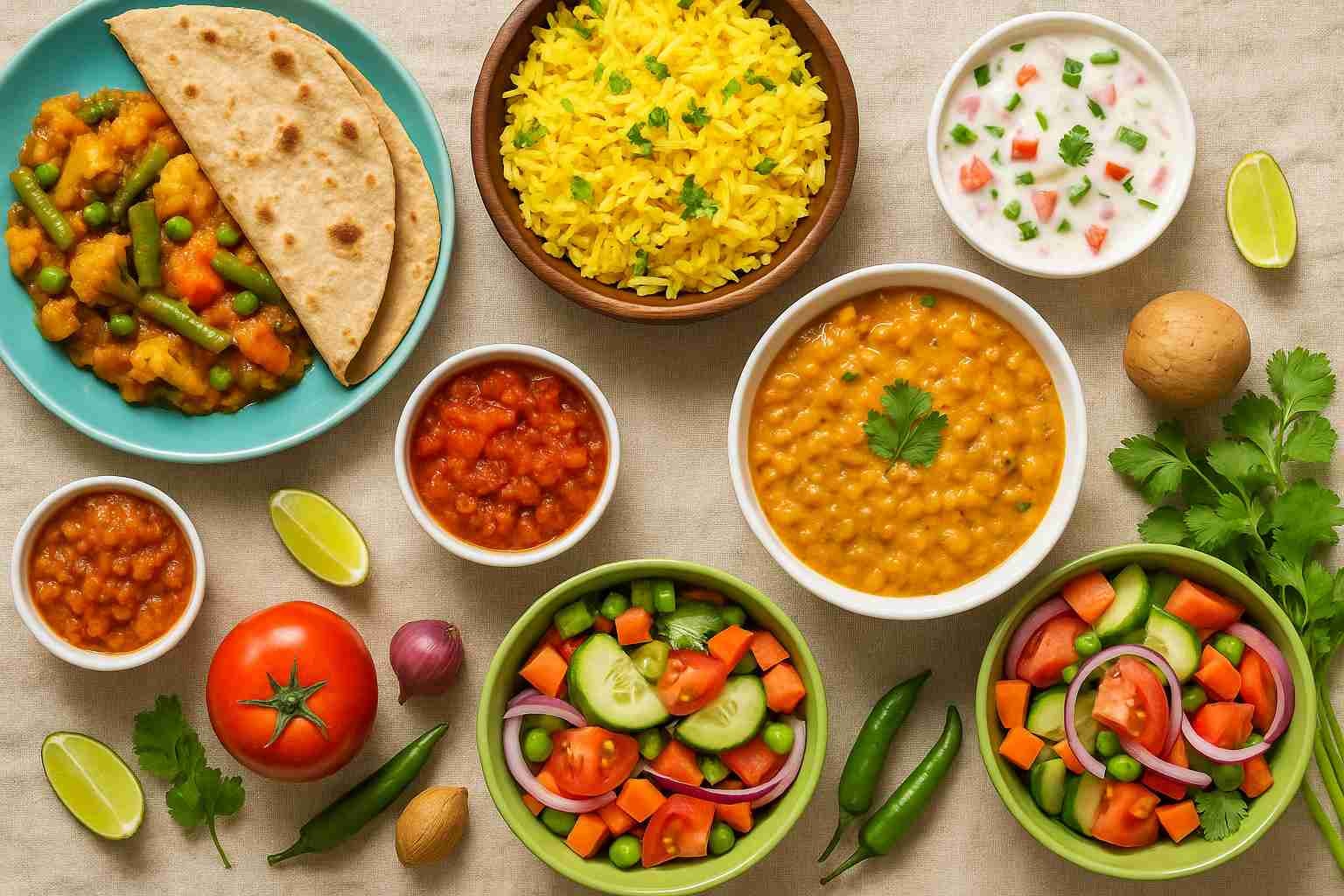




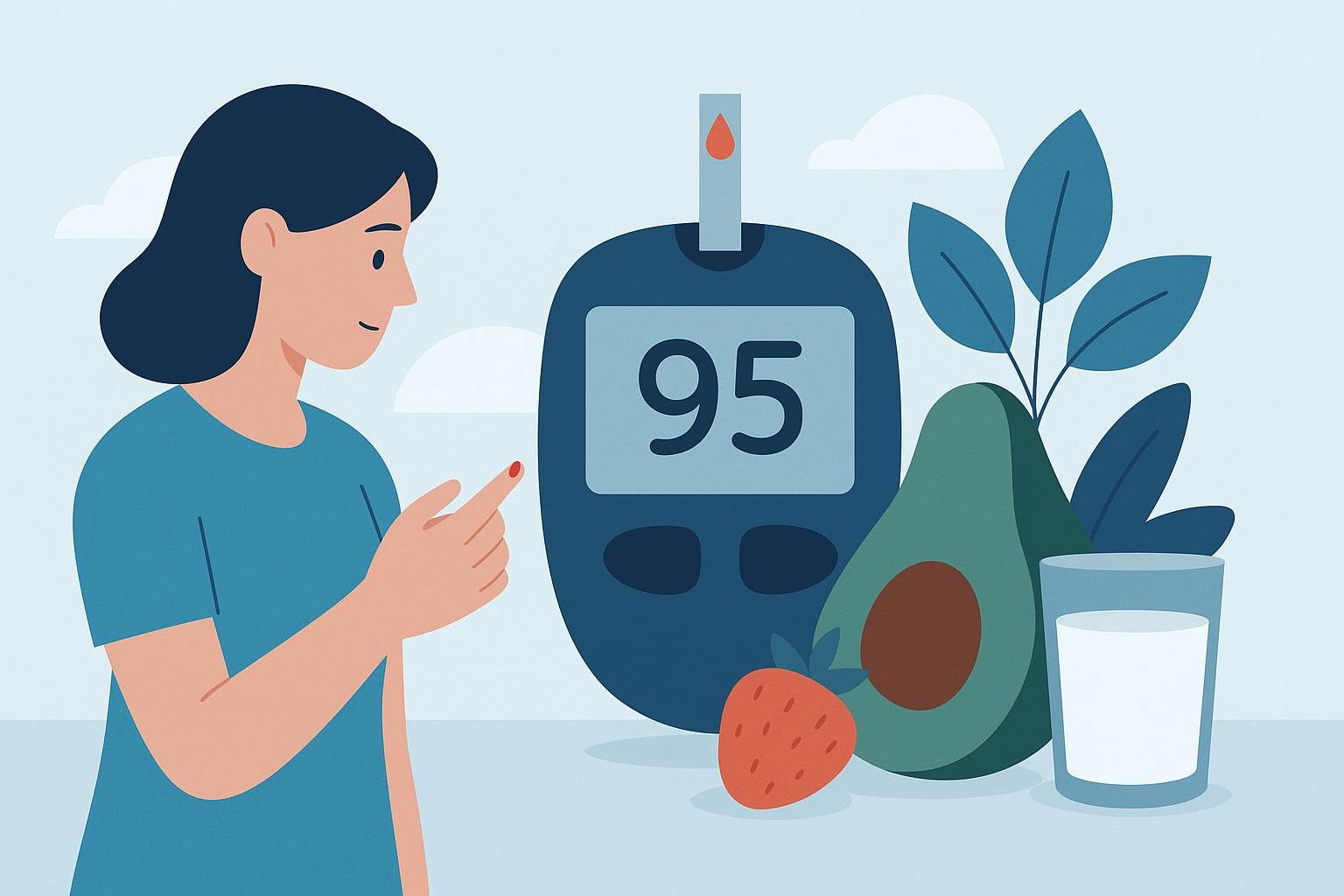
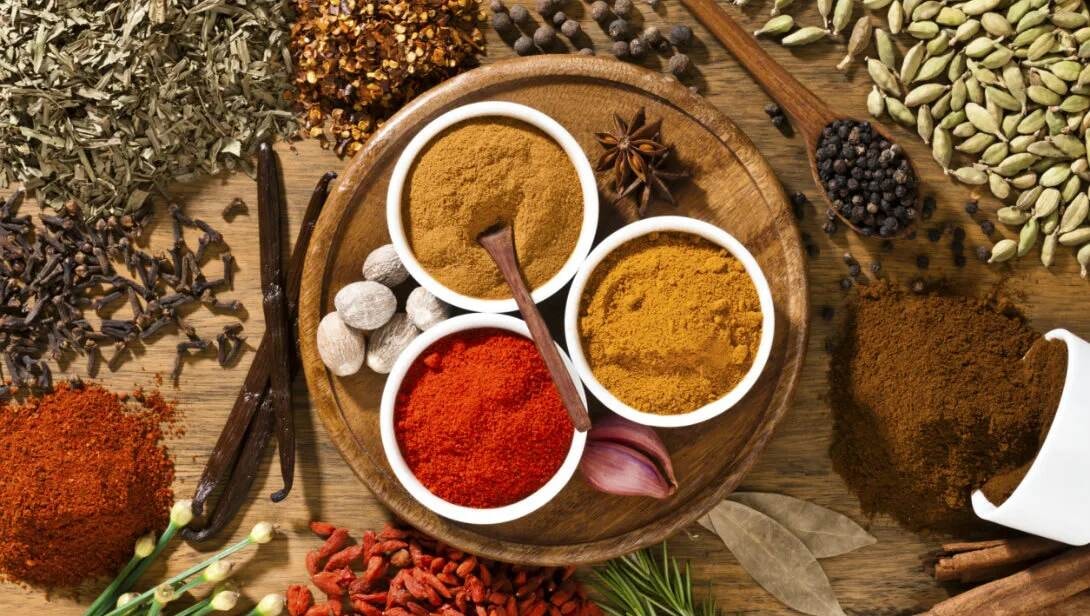
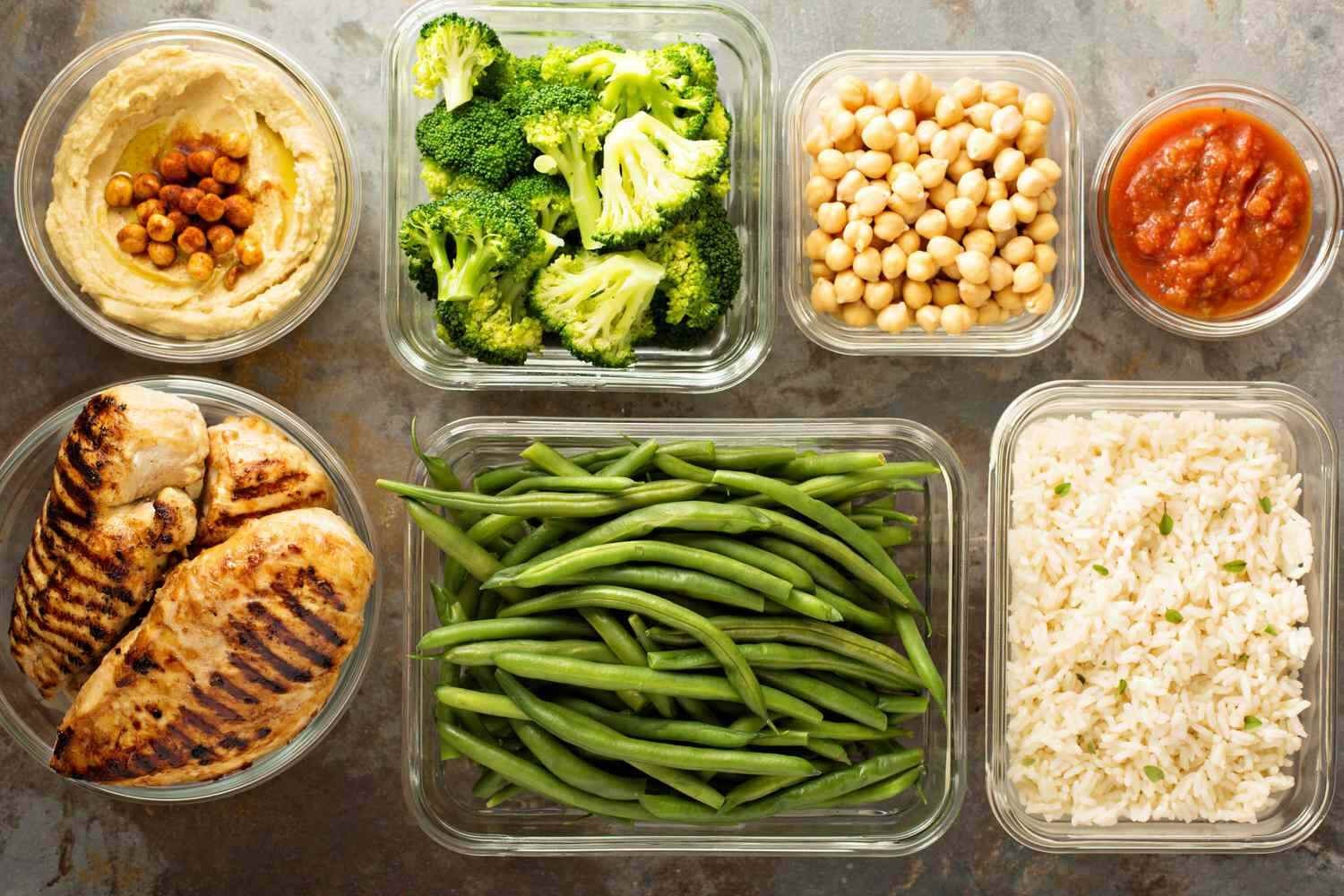
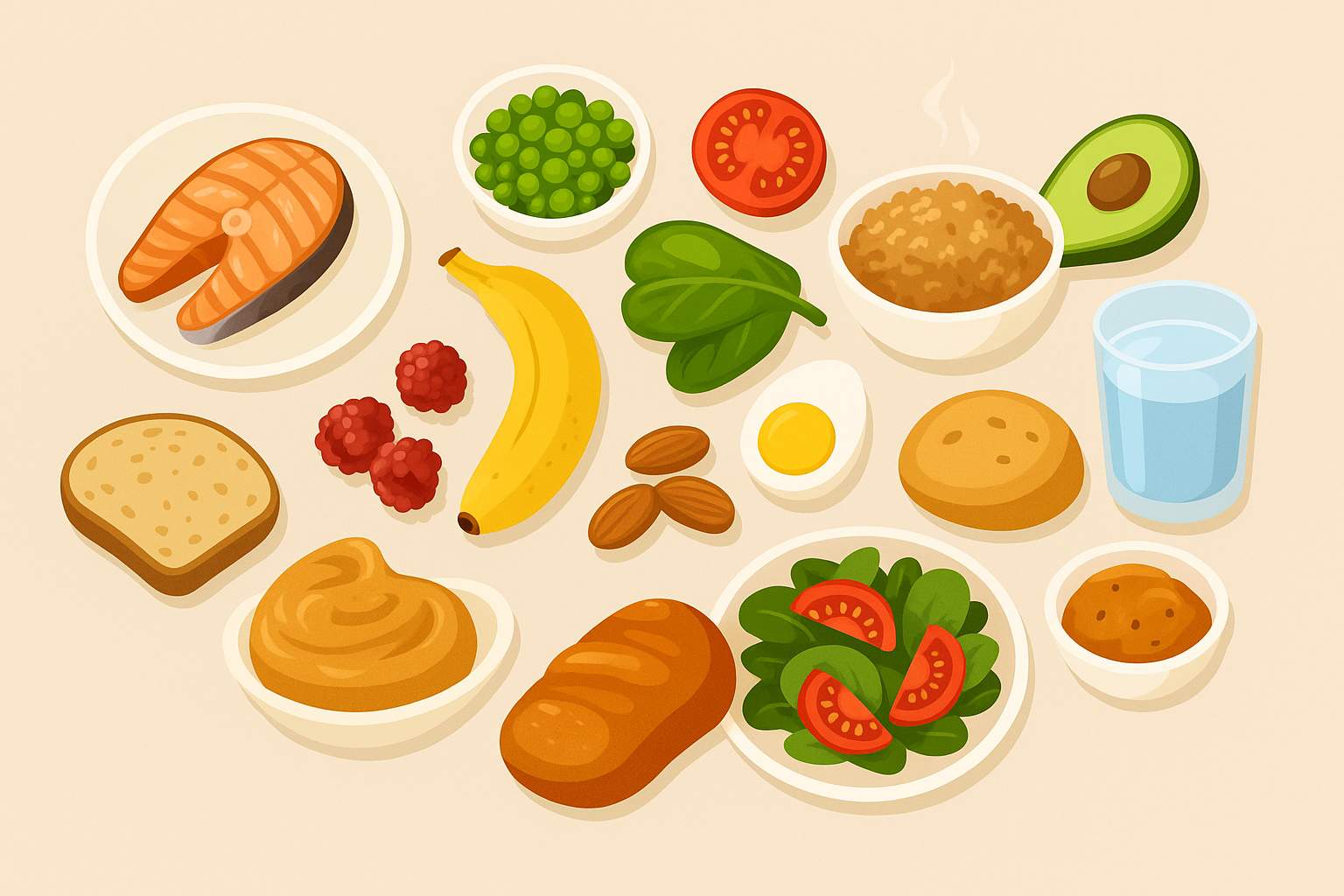
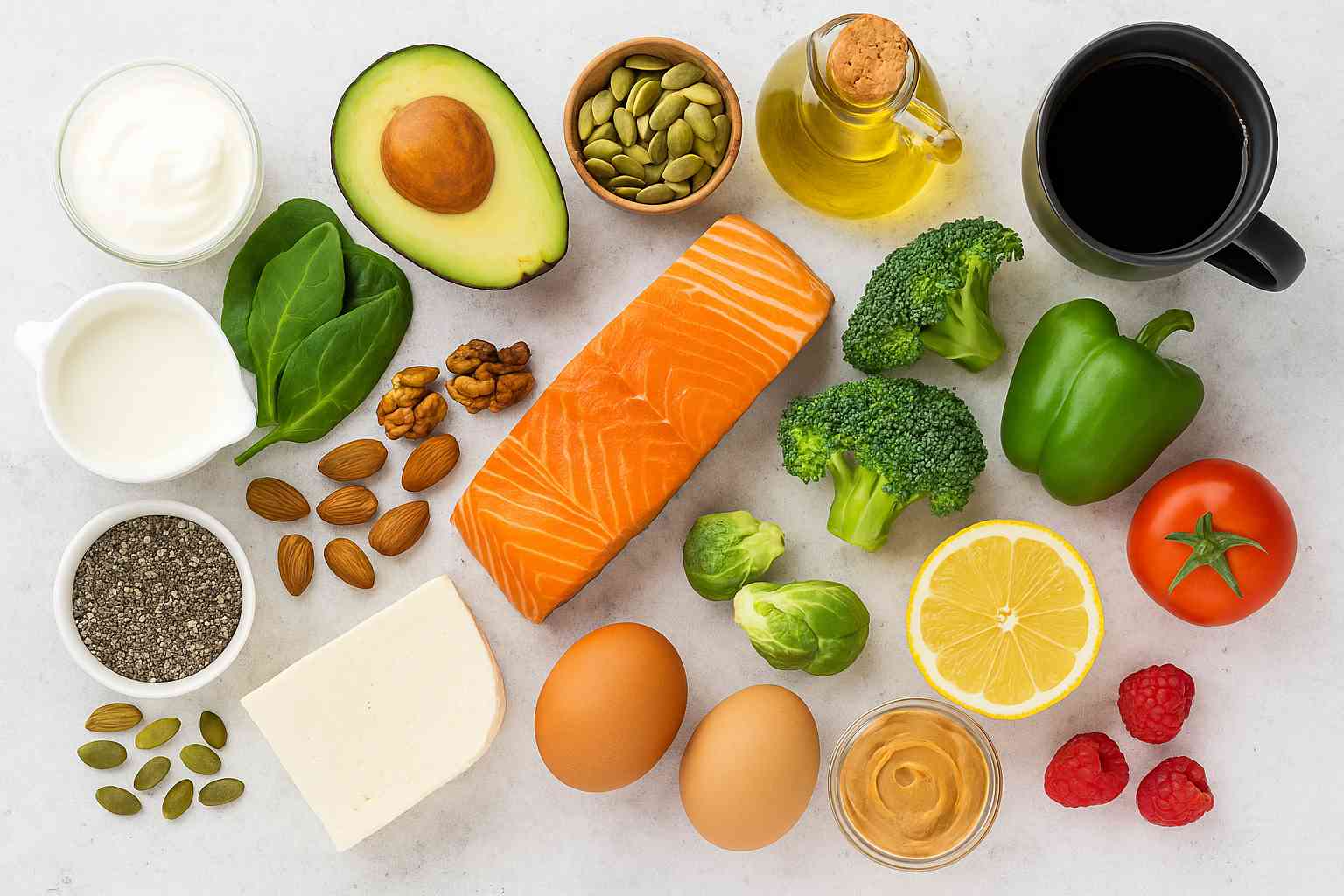
Leave a comment
Translation missing: en.blogs.comments.discription